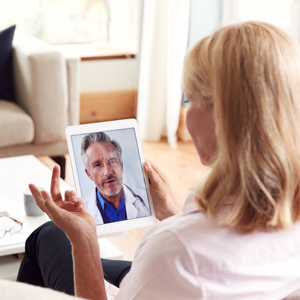
What is Remote Patient Monitoring?
Remote patient monitoring (RPM) is a technology that enables healthcare providers to monitor their patients' health from a distance. This technology involves the use of sensors, wearables, and other medical devices to collect data about patients’ vital signs and other health indicators. This data can then be used by healthcare providers to make decisions about the care and treatment of their patients.
How does Remote Patient Monitoring help Patients with Chronic Cardiac Issues?
Remote patient monitoring helps patients manage their cardiac conditions more effectively as it provides them with real-time data about their health, allowing for better decisions about treatments and lifestyle changes. Remote patient monitoring also helps reduce hospitalizations and trips to the doctor's office, which can be costly and time-consuming for those with chronic cardiac issues.
What Types of Data are Collected through Remote Patient Monitoring?
The types of data collected through remote patient monitoring include vital signs such as blood pressure, heart rate, respiration rate, temperature, and oxygen saturation levels. Additionally, other types of data such as activity level, sleep patterns, diet and nutrition intake can also be monitored remotely.
What types of Software and Devices are used for Remote Patient Monitoring?
There are various devices and software solutions available for remote patient monitoring that have been designed to meet the specific needs of the patient. These include mobile apps, wearable devices and cloud-based platforms. By using these software solutions and devices, healthcare providers can monitor their patients’ health in real time without having to be physically present with them at all times.
How does a Physician use the Data collected from Remote Patient Monitoring?
Using the data collected from remote patient monitoring, physicians can track vital signs such as blood pressure and heart rate and detect changes in the body that might indicate an illness or disease. They can also use the data to identify trends or patterns in their patients’ health over time, allowing them to better understand how different treatments are affecting their patients. In addition, they can use this information to develop personalized plans for each individual patient that are tailored to their specific needs and goals.
Can Remote Patient Monitoring improve the quality of care for patients with chronic cardiac issues?
There is evidence that suggests that RPM can improve the quality of care for these patients by providing real-time data on their condition and allowing for more personalized care. Additionally, RPM allows healthcare providers to be more proactive in managing their patient’s health, which could lead to better outcomes and fewer hospital visits.

